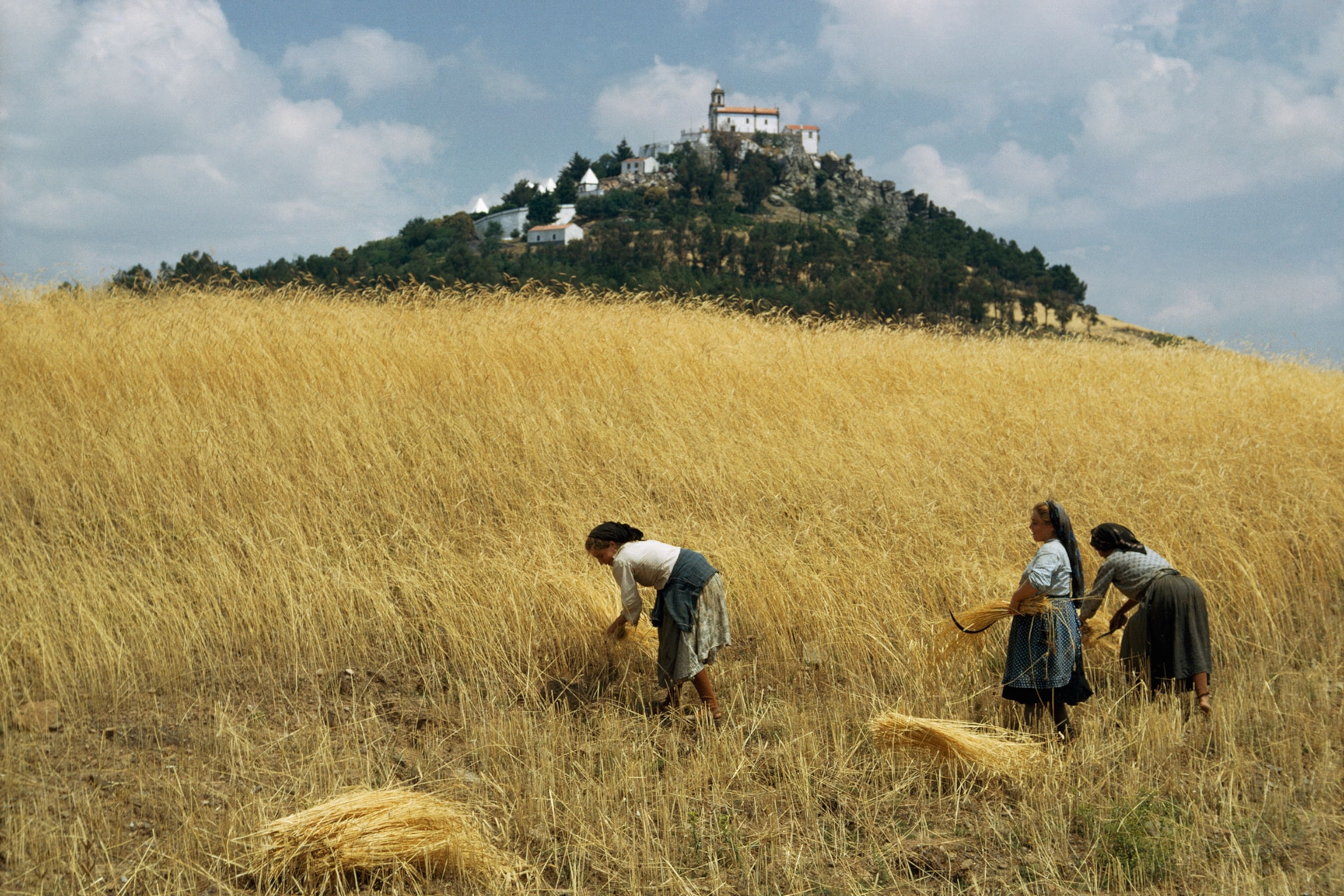The Neolithic Revolution—also referred to as the Agricultural Revolution—is thought to have begun about 12,000 years ago. It coincided with the end of the last ice age and the beginning of the current geological epoch, the Holocene. And it forever changed how humans live, eat, and interact, paving the way for modern civilization.
During the Neolithic period, hunter-gatherers roamed the natural world, foraging for their food. But then a dramatic shift occurred. The foragers became farmers, transitioning from a hunter-gatherer lifestyle to a more settled one.
Why settle down?
Though the exact dates and reasons for the transition are debated, evidence of a move away from hunting and gathering and toward agriculture has been documented worldwide. Farming is thought to have happened first in the Fertile Crescent of the Middle East, where multiple groups of people developed the practice independently. Thus, the “agricultural revolution” was likely a series of revolutions that occurred at different times in different places.

There are a variety of hypotheses as to why humans stopped foraging and started farming. Population pressure may have caused increased competition for food and the need to cultivate new foods; people may have shifted to farming in order to involve elders and children in food production; humans may have learned to depend on plants they modified in early domestication attempts and in turn, those plants may have become dependent on humans. With new technology come new and ever-evolving theories about how and why the agricultural revolution began.
Regardless of how and why humans began to move away from hunting and foraging, they continued to become more settled. This was in part due to their increasing domestication of plants. Humans are thought to have gathered plants and their seeds as early as 23,000 years ago, and to have started farming cereal grains like barley as early as 11,000 years ago. Afterward, they moved on to protein-rich foods like peas and lentils. As these early farmers became better at cultivating food, they may have produced surplus seeds and crops that required storage. This would have both spurred population growth because of more consistent food availability and required a more settled way of life with the need to store seeds and tend crops.
Animal domestication
As humans began to experiment with farming, they also started domesticating animals. Evidence of sheep and goat herding has been found in Iraq and Anatolia (modern-day Turkey) as far back as about 12,000 years ago. Domesticated animals, when used as labor, helped make more intensive farming possible and also provided additional nutrition via milk and meat for increasingly stable populations.

The agricultural revolution had a variety of consequences for humans. It has been linked to everything from societal inequality—a result of humans’ increased dependence on the land and fears of scarcity—to a decline in nutrition and a rise in infectious diseases contracted from domesticated animals. But the new period also ushered in the potential for modern societies—civilizations characterized by large population centers, improved technology and advancements in knowledge, arts, and trade.
You May Also Like
Go Further
Animals
- These are the weird reasons octopuses change shape and colorThese are the weird reasons octopuses change shape and color
- Why young scientists want you to care about 'scary' speciesWhy young scientists want you to care about 'scary' species
- What rising temperatures in the Gulf of Maine mean for wildlifeWhat rising temperatures in the Gulf of Maine mean for wildlife
- He’s called ‘omacha,’ a dolphin that transforms into a man. Why?He’s called ‘omacha,’ a dolphin that transforms into a man. Why?
- Behind the scenes at America’s biggest birding festivalBehind the scenes at America’s biggest birding festival
Environment
- What rising temperatures in the Gulf of Maine mean for wildlifeWhat rising temperatures in the Gulf of Maine mean for wildlife
- He’s called ‘omacha,’ a dolphin that transforms into a man. Why?He’s called ‘omacha,’ a dolphin that transforms into a man. Why?
- The northernmost flower living at the top of the worldThe northernmost flower living at the top of the world
- This beautiful floating flower is wreaking havoc on NigeriaThis beautiful floating flower is wreaking havoc on Nigeria
- What the Aral Sea might teach us about life after disasterWhat the Aral Sea might teach us about life after disaster
History & Culture
- Scientists find evidence of ancient waterway beside Egypt’s pyramidsScientists find evidence of ancient waterway beside Egypt’s pyramids
- This thriving society vanished into thin air. What happened?This thriving society vanished into thin air. What happened?
Science
- Extreme heat can be deadly – here’s how to know if you’re at riskExtreme heat can be deadly – here’s how to know if you’re at risk
- Why dopamine drives you to do hard things—even without a rewardWhy dopamine drives you to do hard things—even without a reward
- What will astronauts use to drive across the Moon?What will astronauts use to drive across the Moon?
- Oral contraceptives may help lower the risk of sports injuriesOral contraceptives may help lower the risk of sports injuries
- How stressed are you? Answer these 10 questions to find out.
- Science
How stressed are you? Answer these 10 questions to find out. - Does meditation actually work? Here’s what the science says.Does meditation actually work? Here’s what the science says.
Travel
- Going on a cruise? Here’s how to stay healthy onboardGoing on a cruise? Here’s how to stay healthy onboard
- What to see and do in Werfen, Austria's iconic destinationWhat to see and do in Werfen, Austria's iconic destination
- How to get front-row seats to an active volcano in GuatemalaHow to get front-row seats to an active volcano in Guatemala
- Urban wine is making a comeback in Paris. Here's how to try itUrban wine is making a comeback in Paris. Here's how to try it





